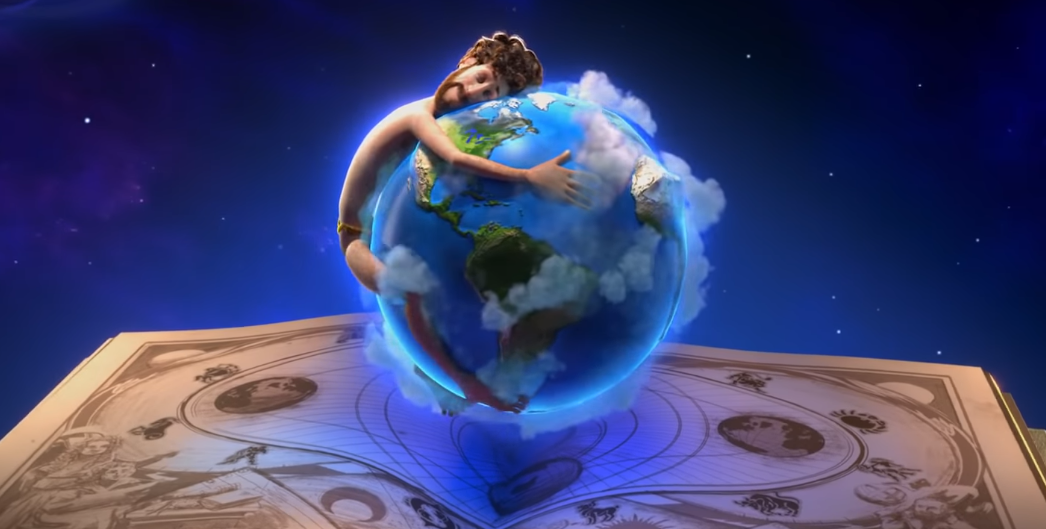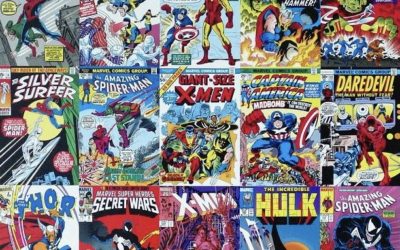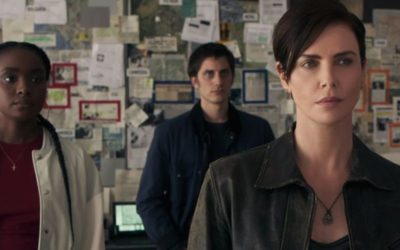This week, Lil Dicky released, “Earth,” which is possibly the best song about saving the earth, ever. No seriously – this is better than…whatever song you’re thinking of now. So, so much better.
As NPR describes it, “Watching it feels like watching Madagascar as recounted by DJ Khaled’s Rolodex, or an absurdist rendering of ‘Do They Know It’s Christmas’ rewritten in the language of meme rap and meta-commentary.”
In one fell swoop, Lil Dicky’s unofficial Earth Day theme became this generation’s version of “We Are the World,” the earlier mentioned “Do They Know It’s Christmas” and every other benefit song (proceeds from the single’s sales will go towards the Quick Response Fund for Nature, the Shark Conservation Fund and the Carbon Cycle Institute as well as the environment-focused Leonardo DiCaprio Foundation – fitting, as Leo cameos in the video in the most fitting way possible), taken together and rolled into one hilarious, star-studded and so NSFW video. Seriously – it’s really not safe for work. Really. Doesn’t mean it’s not a terrific song, though.
And there’s the rub. This video will reach more of our – as STEM educators – target audience than years worth of formal STEM education, either public, private or whatever charter schools are. And as STEM educators, we need to help it along and help it find its largest audience possible. The thing is, the video is a prime example of informal STEM education, while classrooms are formal STEM education. Both have ultimately, the same goals, but what’s allowed in may or may not be allowed in another.
In terms of the formal world of STEM education, I am not saying that you should show it in your classroom. I can’t think of a public school system or a school administrator in the United States that wouldn’t see this as something that needs immediate disciplinary action for the teacher that shows it. And no, it won’t be “your little secret” between you and your students, and yes, we all know that the language in the song is something you hear in the hall every day. As of right now, this video has over 13 million views on YouTube. Your students already know about it or are talking about it. The chance to say, “Yeah, my teacher showed that in class,” adds novelty to the conversation when talking with friends. And remember – there’s no such thing as “little secrets” between a teacher and a classroom of students. Show a video with questionable or objectionable language in it, it’s the same as you saying it. You can’t pull out the surprise card, or the “but the kids say it,” card. There’s language that’s appropriate and language that’s inappropriate for a classroom. You’re paid and trained to know which is which.
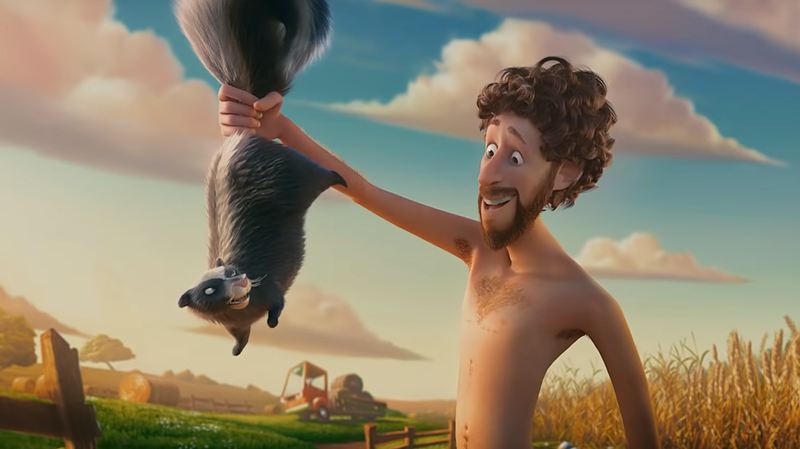
A skunk, voiced by Wiz Khalifa, explains what he’s about to do to Lil Dicky
YouTube screenshot by TSO
Age- and content-appropriateness is a huge challenge when it comes to using pop culture in the classroom, and something that we all struggle with from time to time. Sure – Game of Thrones is having its cultural moment right now, but just because family-friendly Oreos has their own tie-in marketing for a hard-R series doesn’t mean its a safe topic for high school or even college STEM classrooms. True – more of your students are probably watching it than you think, but yet, using GoT as a pop culture skin to put over your lesson on genetics, and why it’s not entirely safe to make babies with your aunt probably needs some second thoughts and care before bringing it into the classroom.
So how do we as educators make sure our students see this video, as NSFW as it is? Well, first – recognize it for what it is. It’s not something to be feared, shamed or hidden away. It’s popular culture. It’s using the language of popular culture (in this case, rap and hip-hop) with the word choice of teenagers. Your word choice may not be the same, and you may cringe when you hear some of the words in the video…that’s okay. It’s happened thousands of times for thousands of generations. Just ask Tipper Gore.
And secondly, recognize its power. 13 million (and counting) views on YouTube. It has reach. As I said earlier, in sheer numbers, it’s reaching an audience that we can’t, in a way that’s culturally relevant and speaking a language that our students understand. Oh, and at the end of the video…as he told Time:
“At the end of the video, I send people to a website I’ve created, called welovetheearth.org. It shows me giving a tutorial about climate change for dummies. Because I am a dummy. I wanted to create an entertaining tutorial where a kid—or an adult—can go and digest interesting content and be aware of how dire the situation is.”
When was the last time you saw something that spoke to our students and the public at large, in a format they enjoy and like, without talking down to them or shaming them, that encourages them to check out a website about climate change?
So…what do we, as STEM educators do to get Lil Dicky’s message out? Wait for a PG version? Heck, no. I hope there’s never a PG version, and Lil Dicky ignores everyone that is telling him right now to make one, because someone out there is saying “make it kid friendly,” which will dilute the message and the vision. I mean, Snoop Dogg as a talking marijuana plant? What would a kid-friendly version do – turn him into a Christmas Tree?
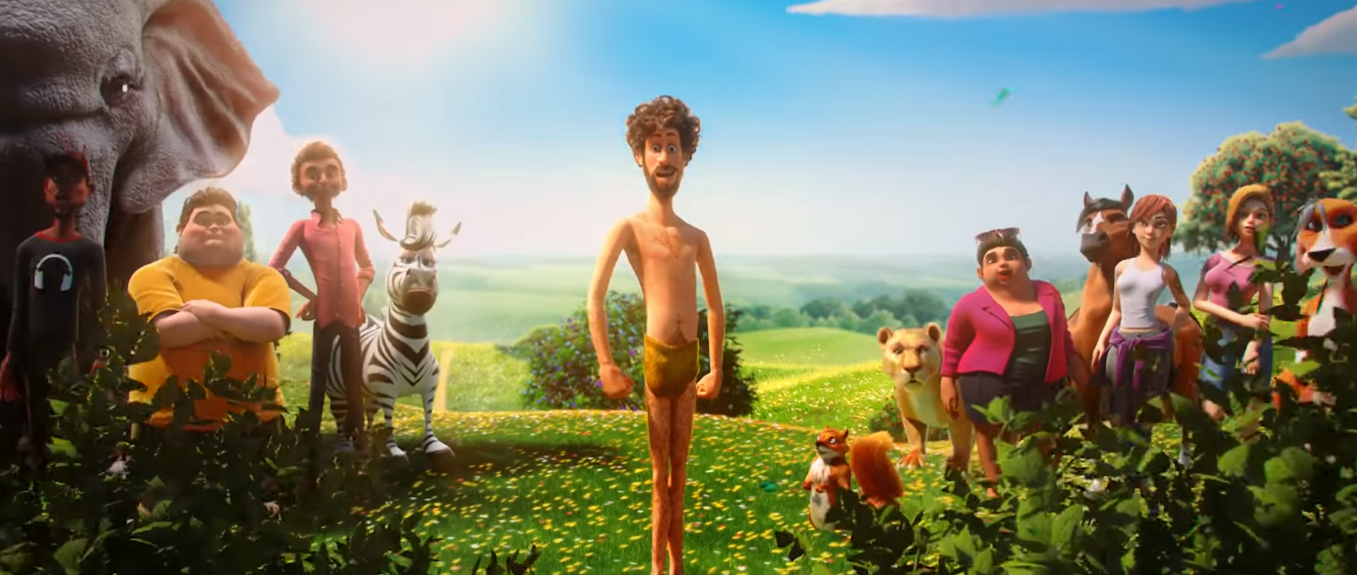
The cast of “Earth”
YouTube screenshot by TSO
So we need to push it out through whatever channels you have, in any way that you are comfortable with. If you’re outside of a traditional school setting – blast it on social media. If you’re inside a traditional school setting – be careful. Use your system’s approved messaging system (I use Remind) to tell your kids to check out the “Earth” video by Lil Dicky if they haven’t already seen it. Tell them that you can’t link to it directly (because…don’t) or show it in class. That will get them headed there in a heartbeat – as well as seeing you as a person, rather than teacherbot. That right there? That builds a positive relationship between you and your students.
But then – use it in class. Let is serve as the basis of a discussion in an Earth and Environmental or Biology class. What is the takeaway for your students? What hit them the most? What lessons were in the video?
Oh, and the website, welovetheearth.org is a tremendous resource, but also a little touchy in regards to language – so again, be careful there as well. Prescreen those videos.
What’s our takeaway here? Gifts in terms of STEM and climate education like Lil Dicky’s “Earth” don’t come along that often, or at all. Personally among your friends and family, share the heck out of the video. Don’t hide it away or let it die off because it’s not speaking the same way we would about it. But then – while being creative and careful, get this message to your kids, whatever it takes.


